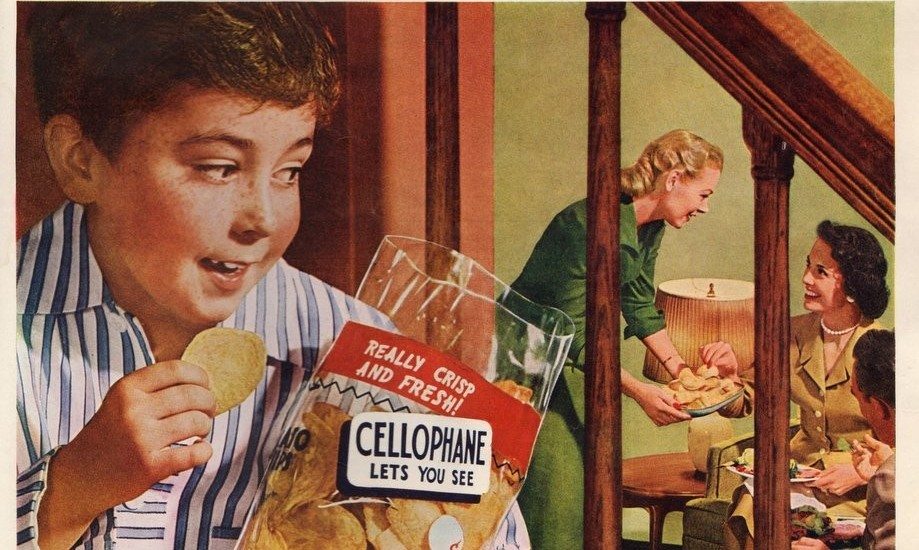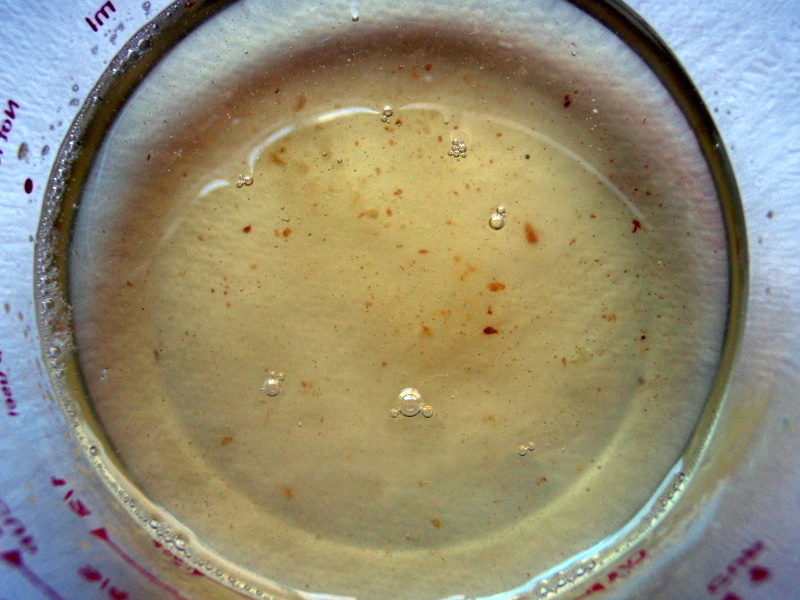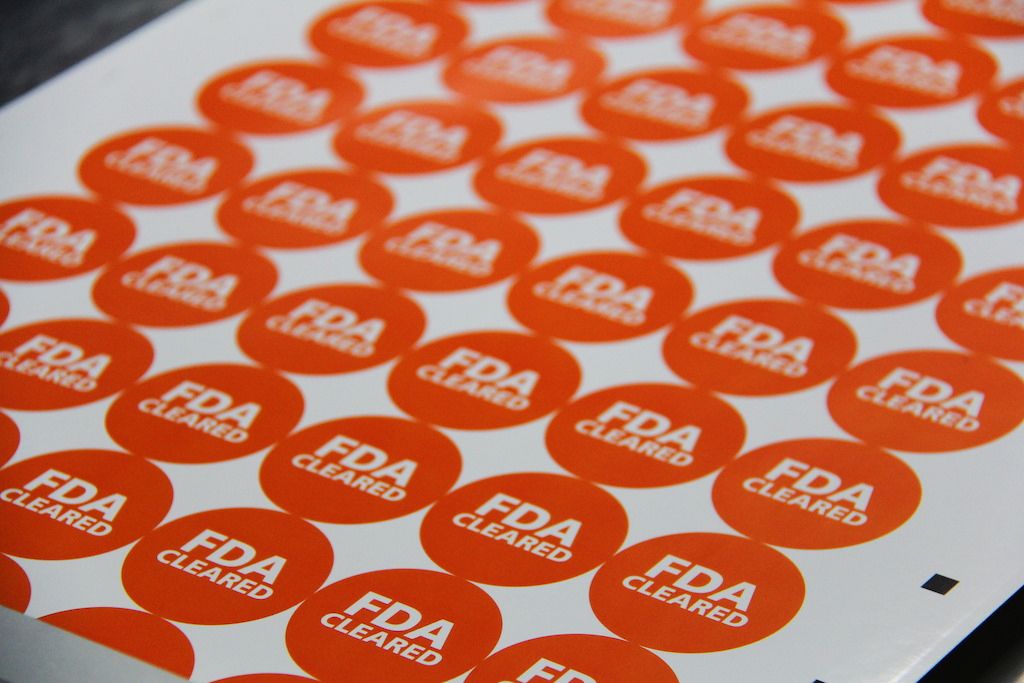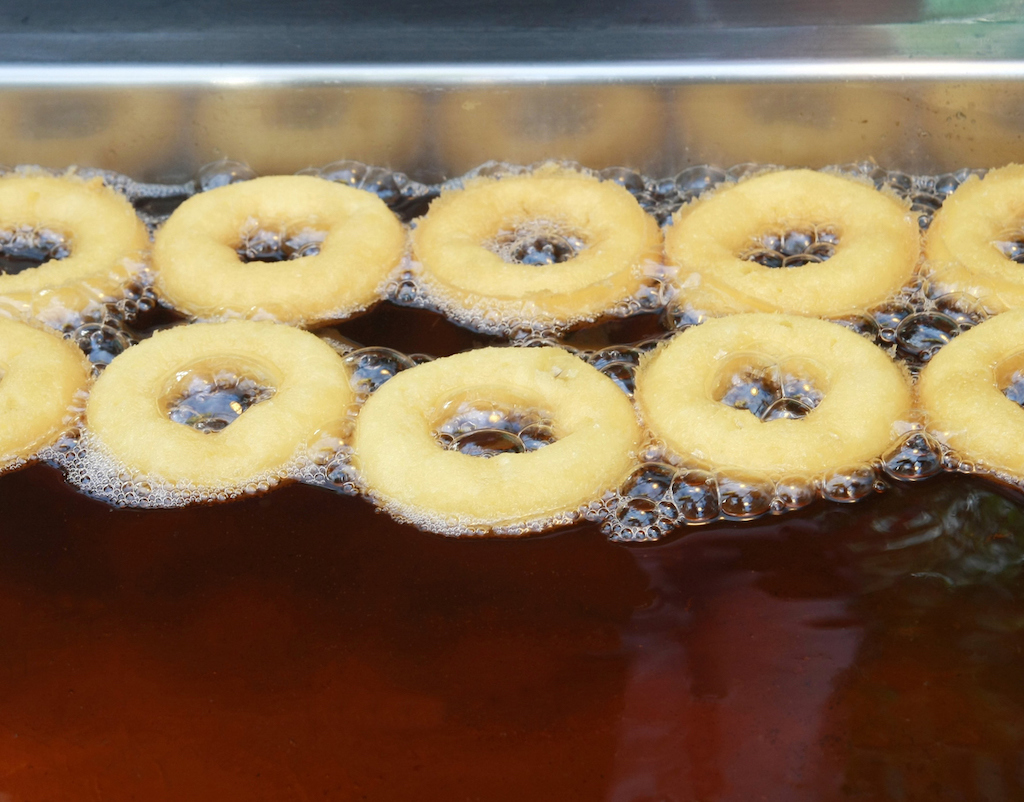
Unsplash/Brigitte Tohm
New year, new rules. As the clock struck midnight on January 1, smokers in California and Nevada lit their first legal joints, catfish hunters in Illinois caught their first fish by pitchfork–legally, and drivers in seven states primed the pump with higher gas taxes. But those weren’t the only food- and ag-related pieces of legislation we awoke to on day one of this brand new year.
In the East, Philadelphia’s soda tax went live, clocking in at 1.5 cents per ounce (roughly a dollar per two-liter bottle). In addition to Coke and Sprite, the tax applies to diet soda, energy drinks, and other sweetened soft drinks like Snapple and Starbucks Double Shot, at restaurants as well as in stores. And though the tax is levied on distributors, there is some consensus that at least part of the increased cost is being passed on to the consumer. Philadelphia Daily News found at least one shop owner increasing prices to cover higher invoices from Coca-Cola and Canada Dry, and Philadelphia residents took to Twitter using the hashtag #sodatax to express mixed reactions.
But as NPR reported in August, consumers so far haven’t shouldered the entire burden of citywide soda taxes. Researchers at Cornell University found that beverage sellers were absorbing between 30 and 50 percent of the cost of a similar tax in Berkeley, California.
Elsewhere on January 1, nineteen states across the nation saw a hike in the minimum wage. Workers in Massachusetts and Washington will now make at least $11 per hour, and New York City fast food workers saw their hourly pay climb to $12 as part of an incremental increase that will creep up to $15 per hour by 2021. Governor Andrew Cuomo estimates the increase in pay will affect 730,000 employees in New York State alone, CBS reports. The federal minimum wage remains $7.25 per hour, where it’s been since 2009.








